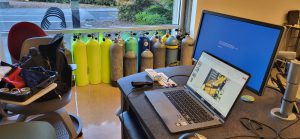
Cylinder Inspection Training: Why a Maintained Cylinder Is a Happy Cylinder
Uncover the importance of gas cylinder inspections and training. Dive deep into ensuring safety, boosting efficiency, and prolonging cylinder life.
I am not going to discuss the process of removing corrosion. The focus of this article is to remove interior contaminates such as oil, water and anything else which could accidentally be located inside the cylinder.
Cylinders are expected to be clean and store their contents without any additional contaminates. If the interior of the cylinder has not been exposed to a contaminate, the gases it supplies should be as pure on the date of discharge as its purity on the date it was added to the cylinder. However, during its normal use, contaminates can enter the cylinder in some unintentional circumstances. Examples include: contaminated water may not be fully removed after hydrostatic requalification, an improperly functioning compressor may add oil, contaminates may be added if the cylinder loses pressure and creates an interior vacuum or an unsuspecting person may add a component unknowingly. In any of these circumstances, procedures need to be developed to remove the contaminates and maintain the cleanliness of the cylinder.
Many cylinders are not inspected for internal contaminates, and it is assumed the interior is dry and clean. When a concern arises, the first step is to determine if there is a contaminate within the cylinder. If the cylinder is used for breathing, there may be an unusual taste or odor. If it is not used for breathing, and contamination is a possibility, you may see an unusual mist or cloud during the use of the valve, something which does not occur under normal use and conditions. Staff needs to be trained in the difference between expected occurrences and conditions which may warrant that the cylinder is removed for an internal inspection.
When a cylinder is taken out of service for potential contamination, an internal visual inspection needs to be performed. After removing the valve, the inspector needs to insert a bright light into the cylinder to try and assess if contamination has occurred. The most common tool to use is a bright white light, one that can illuminate the entire interior of the cylinder at one time. Shadows may hide deposits of contaminates, and a light with low illumination may not show the contaminates. Using a bright white light may suffice, but the additional use of an ultraviolet light may bring out difficult to see hydrocarbons. Any unusual sheens or discoloration may indicate a present contaminate. Without training, differentiating between what is normal within a cylinder, and what is foreign, may be difficult.
If you have determined that there is a contaminant within the cylinder, determine if it can be removed with forced air, or is it an oil or liquid adhering to the wall. An oil or liquid needs to be flushed from the system. However, to remove the contaminate, you need to add a liquid into the cylinder. Depending on the contaminate and quantity, a basic cleaning technique is to use warm or hot water. Many contaminate will break down and flush out with hot water.

What some inspectors may not realize is that water from a hose or faucet may contain contaminates. Water in some areas of the world may be heavy in minerals or contain added chemicals such as fluoride; all having the potential to affect the cylinder metal and potentially increase the rate of corrosion. If water from a hose or faucet is used it might be a good idea to flush the cylinder with purified or distilled water. Purified or distilled water is generally free from contaminates or harsh chemicals. Heating the water throughout the process will help aid drying, using evaporation, to rid the interior of the cylinder of moisture. Re-sealing a cylinder with moisture on the inside can cause and even accelerate corrosion. If a device is used to dry the interior (mechanical dryer), conduct a final internal visual inspection, prior to replacing the valve, to ensure that the device did not add contaminates.
Oils or other liquids may not be removed with a simple hot water rinse. If you are trying to remove a substance, such as oil, you will want a cleaning product that acts as a surfactant to aid in the removal of the contaminate. A product which we have used for many years is a product called BLUE GOLD©. Blue gold cleans oils from hard surfaces, is an excellent surfactant, and has a rust inhibitor as a component. You can find other cleaning products, such as acids, but make certain the additive does not harm the cylinder or the cylinder user. Hot distilled water may be the safest method.
There are times that a simple rinse won’t remove contamination which appears to be adhering to the walls, base or crown of the cylinder. In such circumstances you can use a substance or tumbling media to help the water or blue gold break down the contaminate adhering to the sides and base of the cylinder. In these circumstances you would add the water and the cleaning product into the cylinder. You then add a tumbling media to mix with the compound to create a type of slurry or liquid grit. The ratio of media to liquid is based on the size of the cylinder and the amount of contaminant. A light coating of a contaminant might require more water and less media. Once the ratio has been determined you can roll the cylinder or place it on a tumbling device.
There are two types of media we recommend; ceramic or stainless steel. Ceramic media has a larger surface area, is heavier and can be used when a more aggressive compound is desired. The drawback to ceramic media is that it is porous and can absorb the contaminate. In some circumstances you may have to discard the ceramic media after use to prevent contaminating other cylinders. Stainless steel media is lighter and less aggressive. The benefit to stainless media is that the edges stay sharp for long periods of time and it can not absorb the contaminates. After using stainless steel media, you can remove it from the cylinder, clean it, and use it again in another cylinder without the risk of cross contamination. Using stainless media may take longer than ceramic, but it can be cleaned and re-used.
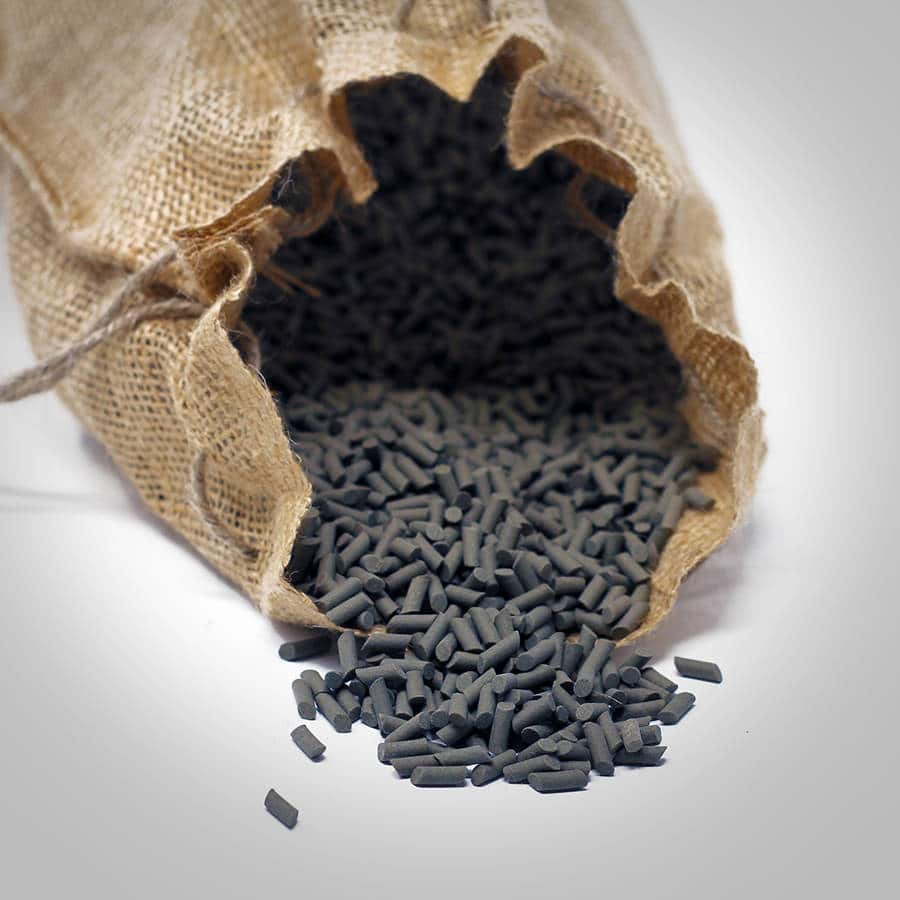
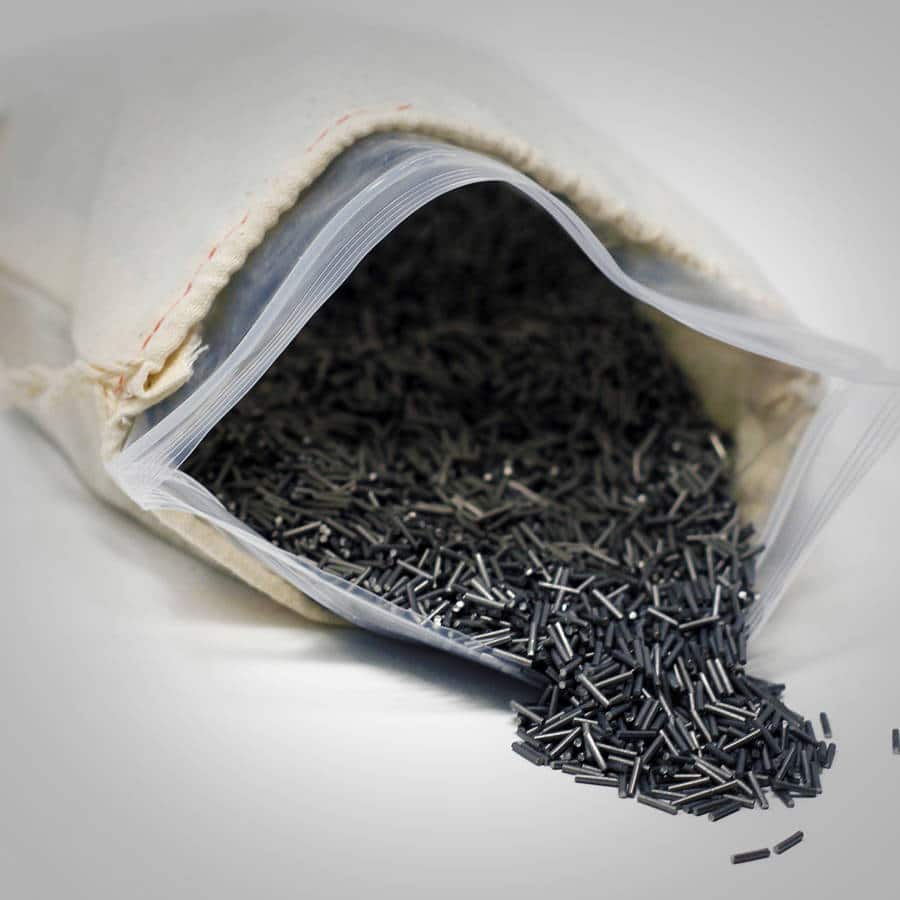
After the cylinder is clean and dry, re-inspect with a bright white and/or UV light to ensure the contamination has been removed. In heavy contamination situations, be prepared to complete numerous applications until you can be certain the contaminate has been removed. Another step of ensuring cleanliness is to use the WIPE TEST. Take a white wipe and run it inside the cylinder. Due to the shape and depth of a cylinder, this is generally done in the crown region, just under the threads. If you take a white wipe, wipe the interior, and it comes out white, then you can be more comfortable that the contaminates have been removed. If it comes out dirty, then you may need to complete further cleaning steps. We recommend using a lint free wipe, such as KIMTECH©.
Most cylinders remain dry and contaminate free. But it is necessary to have an understanding on how to clean a cylinder and the steps involved. Proper training will help identify when a cylinder needs to be cleaned. Proper training will also help develop the proper steps to effectively clean the cylinder. Having an inspection system in place, monitored by trained professionals, will help ensure a safe work place.
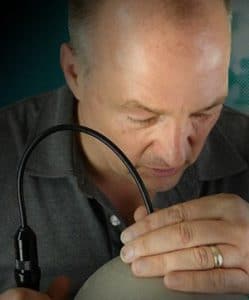
I enjoy continuing to build the business based on safety since 1999. CTS focuses on the inspection of high pressure cylinders, the maintaining of the valves and basic maintenance of high pressure compressor systems. CTS stays current in techniques and tools to train both the new and novice employee. We publish articles, update training tools and have created an APP to assist during the inspection process.
#cylinder #safety #hazmat #training #cylinderinspectiontraining #cylindex

Uncover the importance of gas cylinder inspections and training. Dive deep into ensuring safety, boosting efficiency, and prolonging cylinder life.
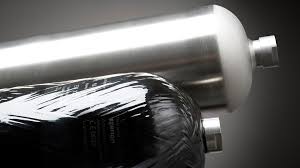
Is your composite cylinder showing signs of wear? Discover when to seek a professional repair service in our comprehensive guide.
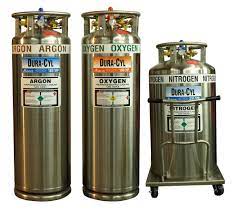
29 CFR 1910.101 intro Handling cryogenic cylinders involves working with extremely low-temperature gases that pose unique safety risks. To ensure the safe handling, storage, and transportation of these hazardous materials,

Introduction Firefighters encounter many risks while on duty, including hazardous materials and high pressure bottles. High pressure bottles are used for a variety of purposes in firefighting, including powering hydraulic